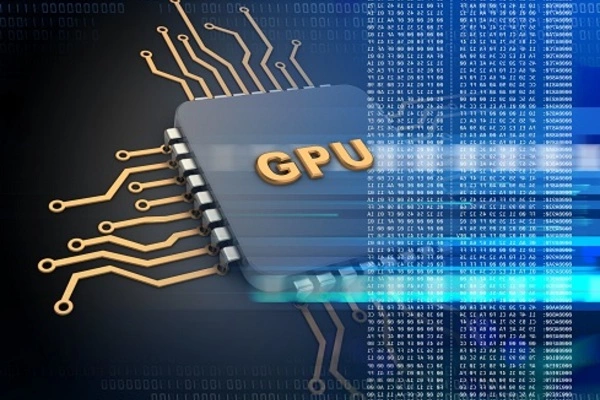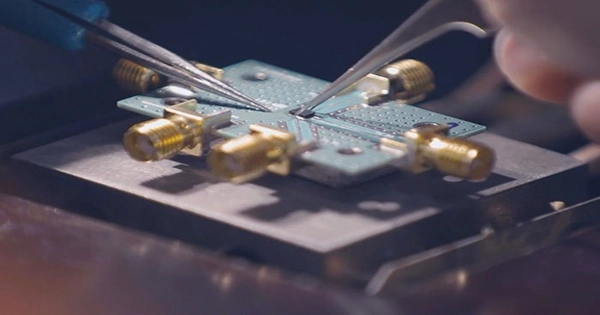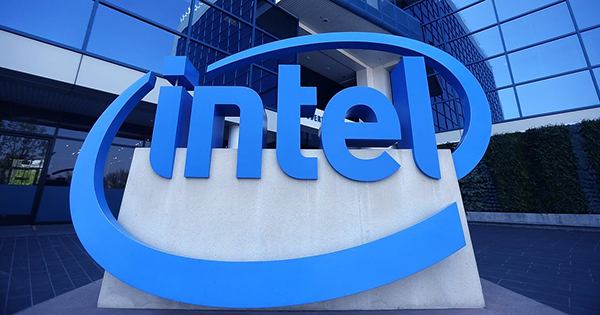An AI accelerator, also known as a neural network accelerator or deep learning accelerator, is a specialized hardware component designed to perform the computationally intensive tasks required in artificial intelligence (AI) applications.
AI accelerators can dramatically speed up the training and inference processes of neural networks, which are the backbone of many AI systems, by using parallel processing, specialized circuitry, and other optimizations. This can improve the performance and efficiency of AI applications, making them more practical and cost-effective for a wide range of industries and use cases.
An AI accelerator is a type of specialized hardware accelerator or computer system designed to accelerate artificial intelligence and machine learning applications such as deep learning and machine vision. Algorithms for robotics, the internet of things, and other data-intensive or sensor-driven tasks are typical applications. They are frequently manycore designs that prioritize low-precision arithmetic, novel dataflow architectures, or in-memory computing capability. A typical AI integrated circuit chip in 2018 contains billions of MOSFET transistors. There are several vendor-specific terms for devices in this category, and it is a developing technology with no dominant design.
AI accelerators come in a variety of forms, including dedicated chips, field-programmable gate arrays (FPGAs), and graphics processing units (GPUs). They can be integrated into a variety of systems, from mobile devices to cloud-based data centers, and are often used in conjunction with software frameworks such as TensorFlow, PyTorch, and Caffe.

There are currently two distinct AI accelerator markets: data centers and edge computing.
Massively scalable compute architectures are required for data centers, particularly hyperscale data centers. The chip industry is investing heavily in this area. Cerebras, for example, invented the Wafer-Scale Engine (WSE), the world’s largest chip for deep-learning systems. The WSE, by providing more compute, memory, and communication bandwidth, can support AI research at significantly faster speeds and scalability than traditional architectures.
The opposite end of the spectrum is represented by the edge. Because intelligence is distributed at the network’s edge rather than a more centralized location, energy efficiency is critical, and real estate is limited. AI accelerator IP is integrated into edge SoC devices which, no matter how small, deliver the near-instantaneous results needed for, say, interactive programs that run on smartphones or for industrial robotics.
There are several types of AI accelerators, including field-programmable gate arrays (FPGAs), application-specific integrated circuits (ASICs), and graphics processing units (GPUs) specifically designed for AI workloads. There are also cloud-based AI accelerators, which allow developers to access powerful computing resources over the internet.
The use of AI accelerators is becoming increasingly important as AI and ML workloads become more complex and require greater processing power. They are used in a wide range of applications, including image and speech recognition, natural language processing, and autonomous vehicles.
















